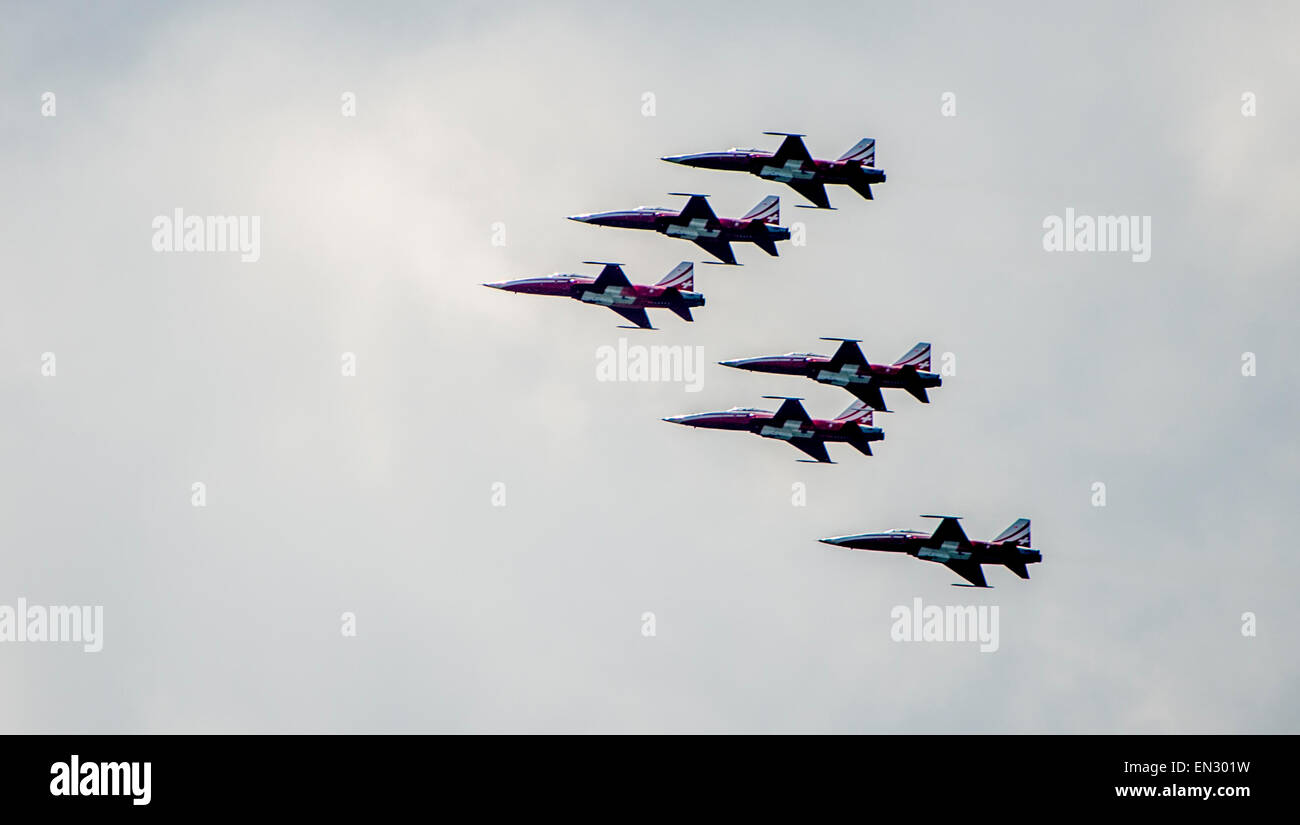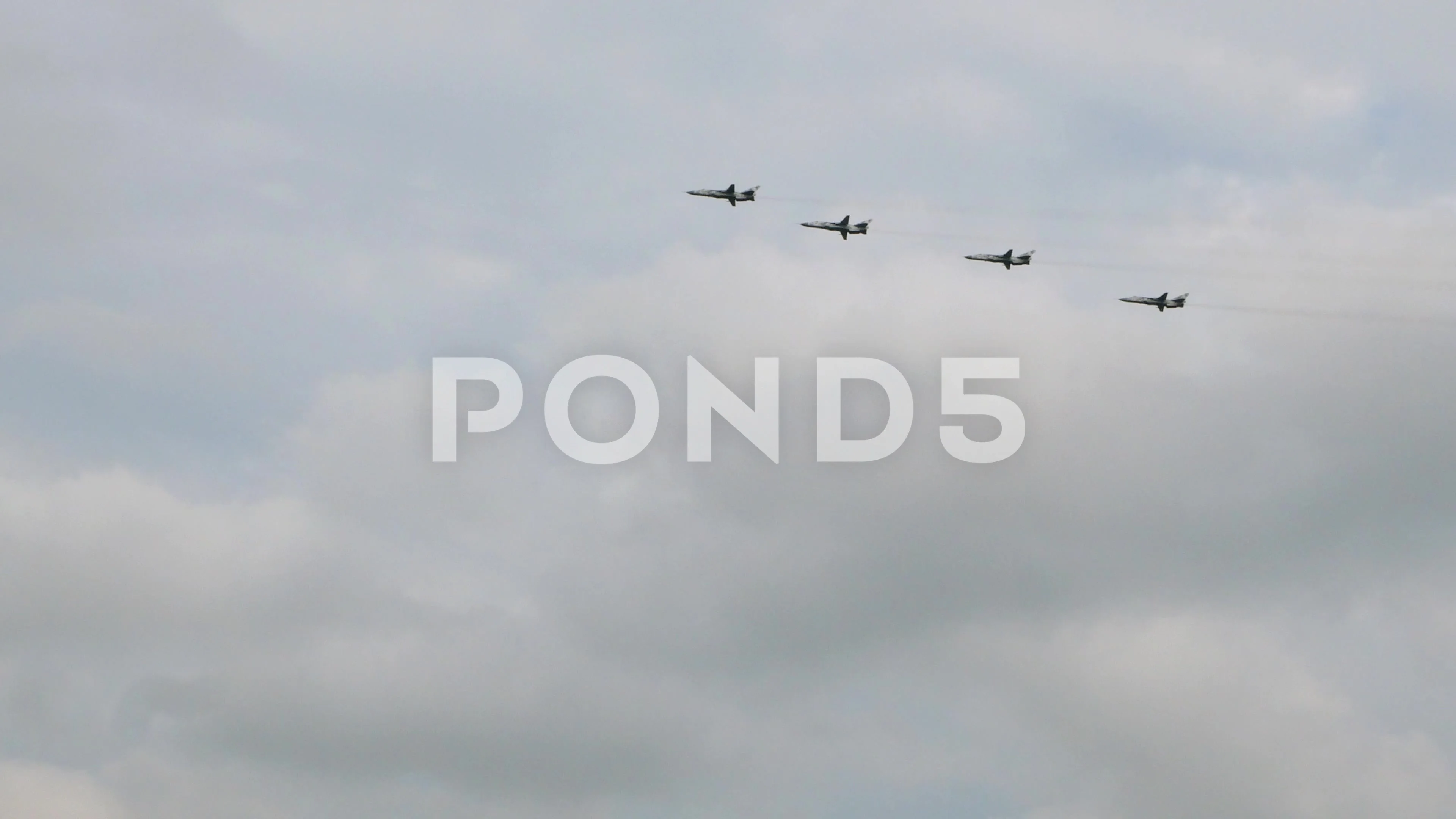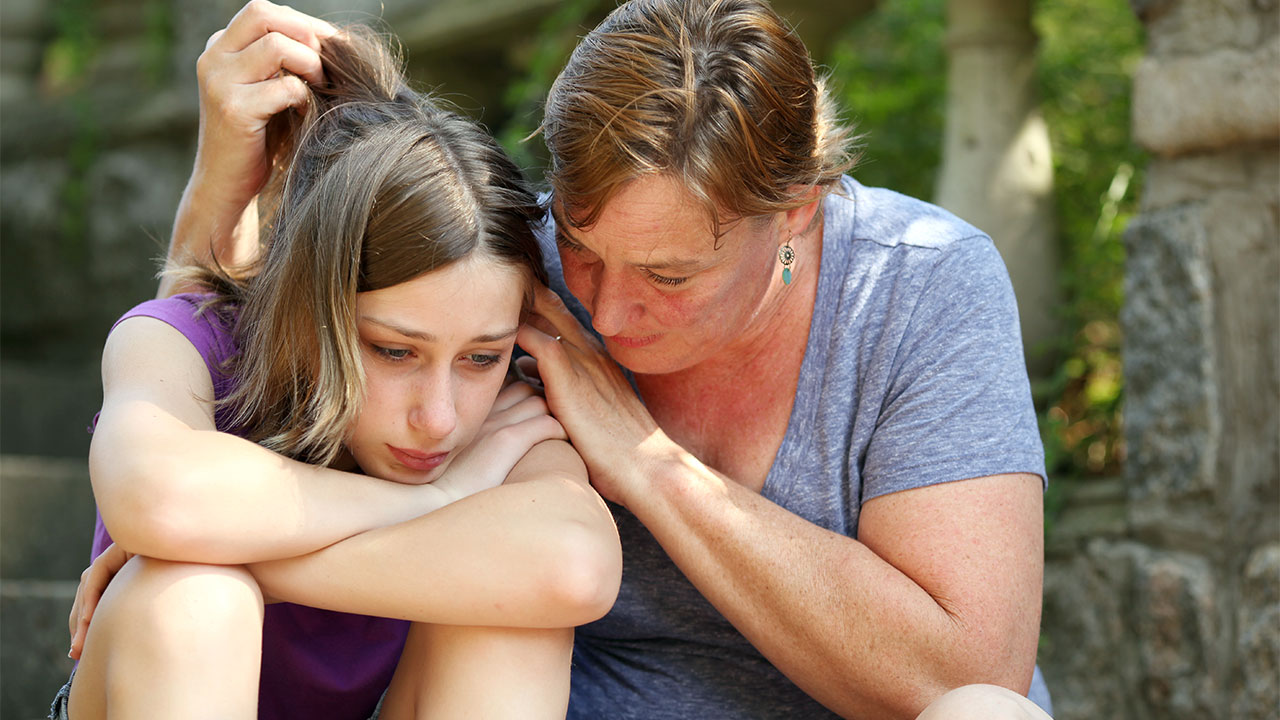Different Fighter Jet Formations - This article requires additional citations for verification. Please help improve this article by adding references to reliable sources. Unsourced material can be challenged and removed. Find sources: "Multirole combat aircraft" - news · newspapers · books · scholar · JSTOR (May 2021) (Learn and what to remove from this sample post)
These missions may include air-to-air combat, air support, aerial bombardment, reconnaissance, electronic warfare, and air defense suppression.
Different Fighter Jet Formations

The term "multirole" was originally reserved for aircraft designed to use a common airframe for multiple functions, where the same basic structure is suitable for several different roles. The main motive for the development of multi-purpose aircraft is the reduction of the cost of using a common aircraft.
Formation Flying Hi Res Stock Photography And Images
More roles can be added such as aerial reconnaissance, forward air traffic control and electronic warfare aircraft. Offensive missions include the subtypes of air interdiction, suppression of enemy air defenses (SEAD), and close air support (CAS).
The de Havilland Mosquito was a night fighter that performed bombing and reconnaissance missions during World War II
Multi-role also applies to aircraft that have two primary roles, a primary role in air-to-air combat and a secondary role such as air-to-surface attack. However, those designed with an emphasis on aerial combat are generally considered to be air-to-air fighters and are generally used only for this role, although they are theoretically capable of ground attack. Eurofighter Typhoon and Dassault Rafale are classified as multirole fighters; However, the Typhoon is often considered the superior fighter in the air due to its superior dogfighting capability, while its integrated attack capability has a lighter bomb load compared to contemporaries such as the Rafale, sacrificing air-to-air capability for a heavier payload.
They are called swing roles, which emphasize the ability to change roles quickly both at short notice and within the same task. According to the Military Dictionary: "the ability to use a multipurpose aircraft for multiple purposes during the same mission."
Jet Fighters Formation
According to BAE Systems, "an aircraft that can perform air-to-air and air-to-surface roles in the same mission and swing between those roles immediately provides real flexibility. This reduces costs, increases efficiency and increases interoperability with allied forces."
No sources are cited in this section. Please help improve this section by adding references to reliable sources. Unsourced material can be challenged and removed. Find sources: "Multirole combat aircraft" - news · newspapers · books · scholar · JSTOR (May 2021) (Learn and what to remove from this sample post)
While the term "multi-role aircraft" may be relatively new, some aircraft throughout history have proven to be versatile in multiple roles. In particular, the Junkers Ju 88 was brought to Germany to be an "all-rounder", able to act as a bomber, dive bomber, night fighter and so on, as the British de Havilland Mosquito did. fast bomber/attack, reconnaissance and night fighter aircraft. The Hawker Hart was also very "multi-role" in its many variants, as it was designed as a light bomber, but served as a military co-op, two-seat fighter, naval spotter, fighter-bomber (in fact, it was probably the first)

The US Joint Forces F-4 Phantom II, built by McDonnell-Douglas, also fits the definition of a multi-role aircraft in its various basic airframe configurations. Various configurations of the F-4 Phantom II have been used in air-to-air, fighter-bomber, reconnaissance and SEAD missions.
Us, South Korea Fighter Jets In Show Of Force To Kim Jong Un Amid North Korea Nuclear Test Fears
The term was first used for a European multinational project called Multi-Role Combat Aircraft, which was established in 1968 to produce an aircraft capable of tactical attack, aerial reconnaissance, air defense and maritime roles.
The purpose of the design was to replace several different types in cooperating air forces. The project produced the Panavia Tornado, which used the same basic design for different roles, the Tornado IDS (Interdictor / Strike) variant and later the Panavia Tornado ADV (Air Defce Variant). In contrast, the F-15 Eagle, the second fighter aircraft of that era, was designed for air superiority and interception, with a mantra of "no pound, air to ground," although the F-15C had a rarely used secondary. ground attack. capability This program evolved into the F-15E Strike Eagle interdictor/strike derivative, maintaining the air-to-air combat lethality of the early F-15s.
The latest fighter to fit the definition of "multi-role" is the Lockheed Martin F-35 Lightning II/Joint Strike Fighter, designed to perform ground/naval attack, combat, reconnaissance and electronic warfare roles. Like the modern F-4, 3 variants of this aircraft fulfill different attack and air defense roles among its general service requirements: the standard version is intended to replace the F-16 and A-10 in the USAF and other Western countries. . the Air Force STOVL version intended to replace the Harrier in US Marine Corps, British Royal Air Force and Royal Navy service, and the cantilever version intended to replace the aging F/A-18C/D for the US Navy and other F/ A-18 operators. The design intent of the F-35 can be compared to its larger and more air-efficient cousin, the F-22 Raptor. The Vic formation is a formation designed for military aircraft and first used during the First World War. It has three or sometimes more aircraft flying in tight formation with the leader at the head and the rest of the flight deck to the left and right, all resembling the letter "V". The name of the formation is derived from the term used in the RAF phonetic alphabet for "V".
At the beginning of the First World War, there was little thought about the most efficient formations of military aircraft. Flyers drawn by the armies or navies of different nations flew forward in columns or lines as if they were troops of cavalry or squadrons of ships. This was soon found to be ineffective for several reasons. First, the leaders and their squadrons could not communicate with each other except for a vague instruction to follow the leader. Second, if they were hit by anti-aircraft fire from the ground, the flight would turn at once, spreading out the formation, or follow the leader around a point, such as horses or ships, which maintained cohesion but came under fire. in one point. fixed point The remedy was to fly in a tight V formation, which allowed the aircraft to make a sudden 180 degree turn if fired upon, allowing them to fly out of harm's way with the formation intact but in reverse formation.
South Korea Launches 30 Warplanes After North Korea Sends 12 Bombers And Jets Close To Border
The training allowed the pilots to see each other and communicate using hand signals, enabling them to stay together in poor or cloudy visibility. Later fighters attacked bombers and reconnaissance flights, the Vic proved to be good defensively. Pilots looking inward to maintain formation could ignore each other for attackers, and their rear observers/gunners could cover each other using coordinated fire.
The Vic was the basic formation used by all major air forces. The French Air Force called it the Chevron, and the Imperial German Army Air Service called it the Kette. It remained standard training throughout the interwar period and through World War II.
The basic unit was Vic's three-story section. Two parts make up a flight and two flights make up a squadron. The squadrons flew in succession, one Vic behind the other, leaving the squadron leader virtually the only person looking for the enemy.

At the outbreak of World War II, the Vic was still in use by most air force bomber and fighter squadrons, but the fighter units of the Finnish and German air forces had switched to the more flexible and aggressive (Rotte) and four (Schwarm) combinations. They compose a pair (leader and wingman) and a four (two pairs) in a "finger-four" arrangement
Four Planes Formation Hi Res Stock Photography And Images
Luftwaffe pilots despised the RAF's use of the Vic formation during the Battle of Britain, but in practice there was little Allied pilots could do. Germany, as the aggressor, had a choice of how and who to attack, and based on its experiences during the Spanish Civil War, it had changed and developed its tactics accordingly. Fighter Command could only improvise until the battle was over before checking and changing. As a temporary method, the RAF adopted a trailing line formation in which flights of four planes flew in succession. The Luftwaffe associated them derisively by calling them the Idiotreih ("row of idiots").
"We know there was a lot wrong with our tactics during the Battle of Britain, but it was one hell of a time to change everything we'd been practicing. We didn't have time to experiment when we were in combat three or four times a day. We had pilots fresh out of flying school who trained - barely - to use the old strict type of training - they simply could not cope with something radically different "[3]
Furthermore, Fighter Command's primary objective was to intercept the bombers, who were always flying in Kette defense, so the optimal formation to attack them was the corresponding triplane Vic.
Second degree assault washington state, 2nd degree assault sentence, 2nd degree aggravated assault, 2nd degree assault mn, 2nd degree assault, 2nd degree assault definition, 3rd degree assault washington state, 4th degree assault washington state, 2nd degree felony assault, 4th degree assault washington, what is assault 2nd degree, 2nd degree assault charges












/cdn.vox-cdn.com/uploads/chorus_asset/file/9965095/shutterstock_766056493.jpg)





